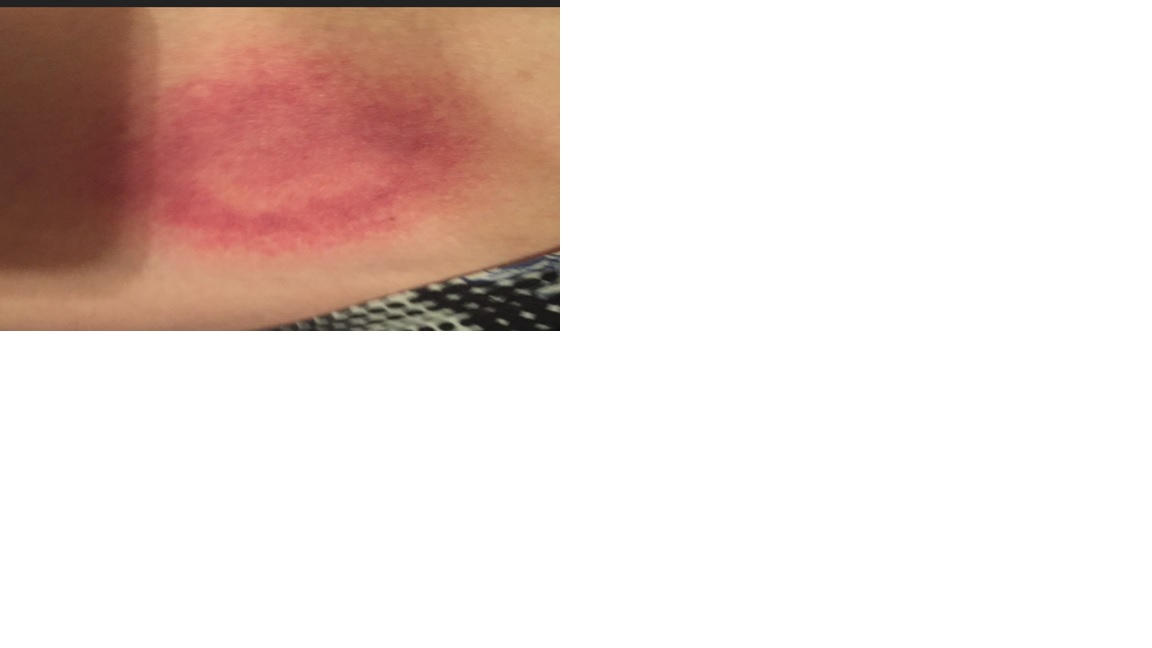Case Presentation: 54 year old Caucasian male admitted with complaints of intractable radicular low back pain, headache, nausea and vomiting for a week. 4 weeks ago, he had an annular rash, which was treated as cellulitis from urgent care, with cephalexin for 7 days. His vitals were normal, physical examination revealed bilateral positive SLR, otherwise neurological exam was negative. Labs revealed Na- 133, K- 3.2, normal ESR and CRP. He was initiated on opioids for pain management and Orthopedics was consulted, who suggested MRI of the whole spine. MRI revealed no nerve root impingment, unremarkable terminal cord and cauda equina. 3 days after admission he developed bilateral facial nerve palsy. On further history taking, patient gave history of Lyme disease diagnosis for the neighbours dog and on reevaluating the rash picture from phone records, it was suggestive of Erythema Migrans. Subsequently, his lyme screen came back highly positive 5.79(>1.1), IgM and IgG Lyme negative. CSF revealed lymphocytes 67, monocytes- 15, protein – 189, glucose- 48, CSF lyme PCR -negative. Meanwhile patients pain did not improve on opioids, considering the differential of neuroborreliosis , we started him on Ceftriaxone 2 g m i/v daily and patients intractable back pain improved in a week and discharged from the hospital after 10 days.
Discussion: In 1922 Garin and Bujadoux described tick bite associated meningoradiculitis and later in 1941, a more detailed description was added by Dr. Alfred Bannwarth, a German neurologist. Bannwarth syndrome is characterized by painful radiculopathy, facial nerve palsy and CSF lymphocytic pleocytosis., which was the triad our patient had. Bannwarth syndrome typically manifests with zoster like segmental pain, which respond poorly to common pain relieving drugs and only 25-50% will have a history of preceeding Erythema Migrans.Our patients back pain improved on initiating Ceftriaxone, but not on opioids.
Conclusions: Garin – Bujadoux Bannwarth syndrome is an infrequent manifestation of neuroinvasive Lyme disease in USA. It is caused by Borrelia burgdorferi sensuo lato(Bbsl) complex. Considering the clinical spectrum of Bannwarth syndrome from ascending paralysis to transient psychosis, it is prudent to understand this variant of neuroborreliosis. Early recognition and treatment can reduce the neurological complications.

